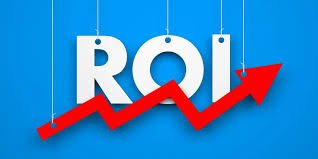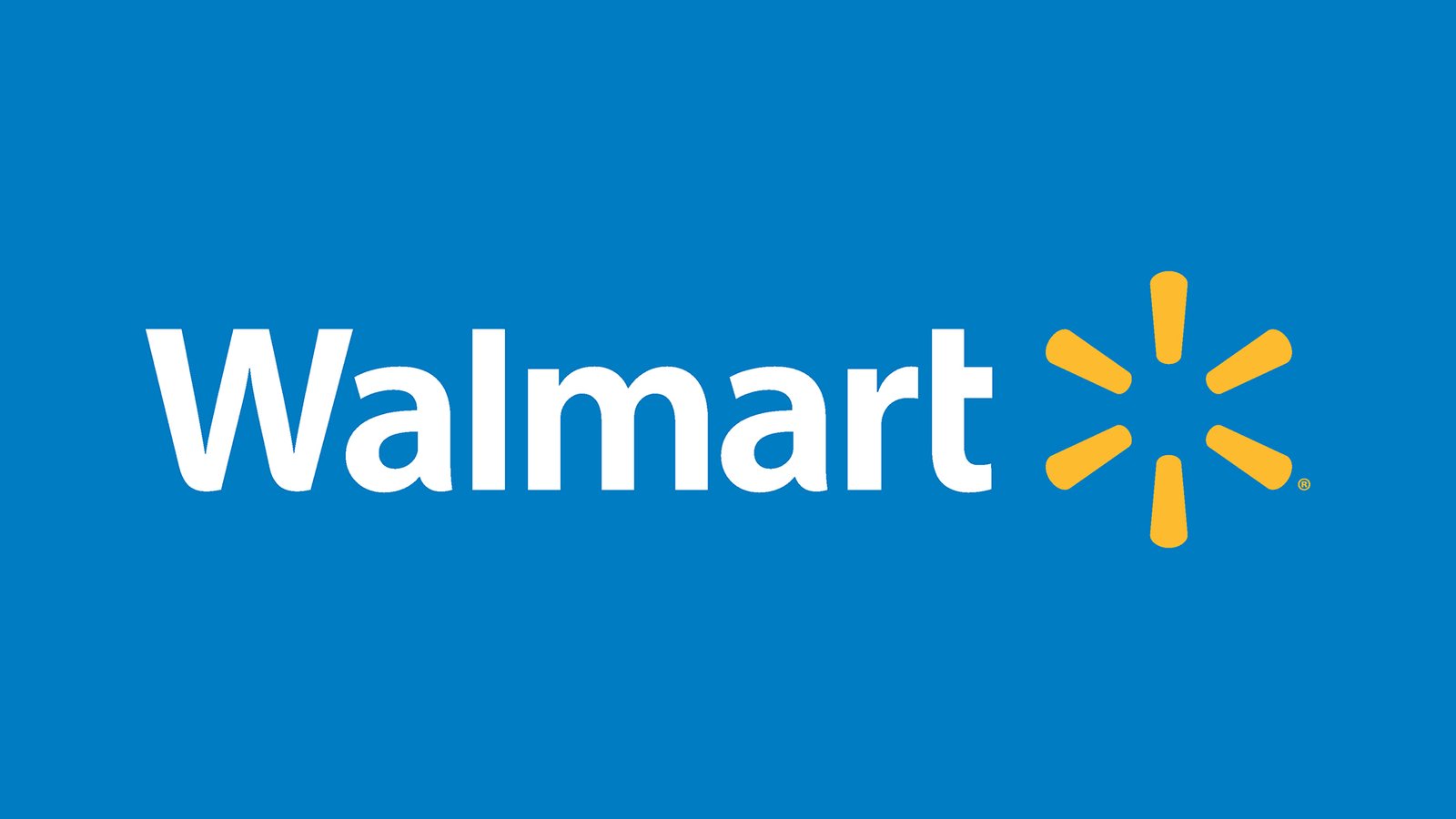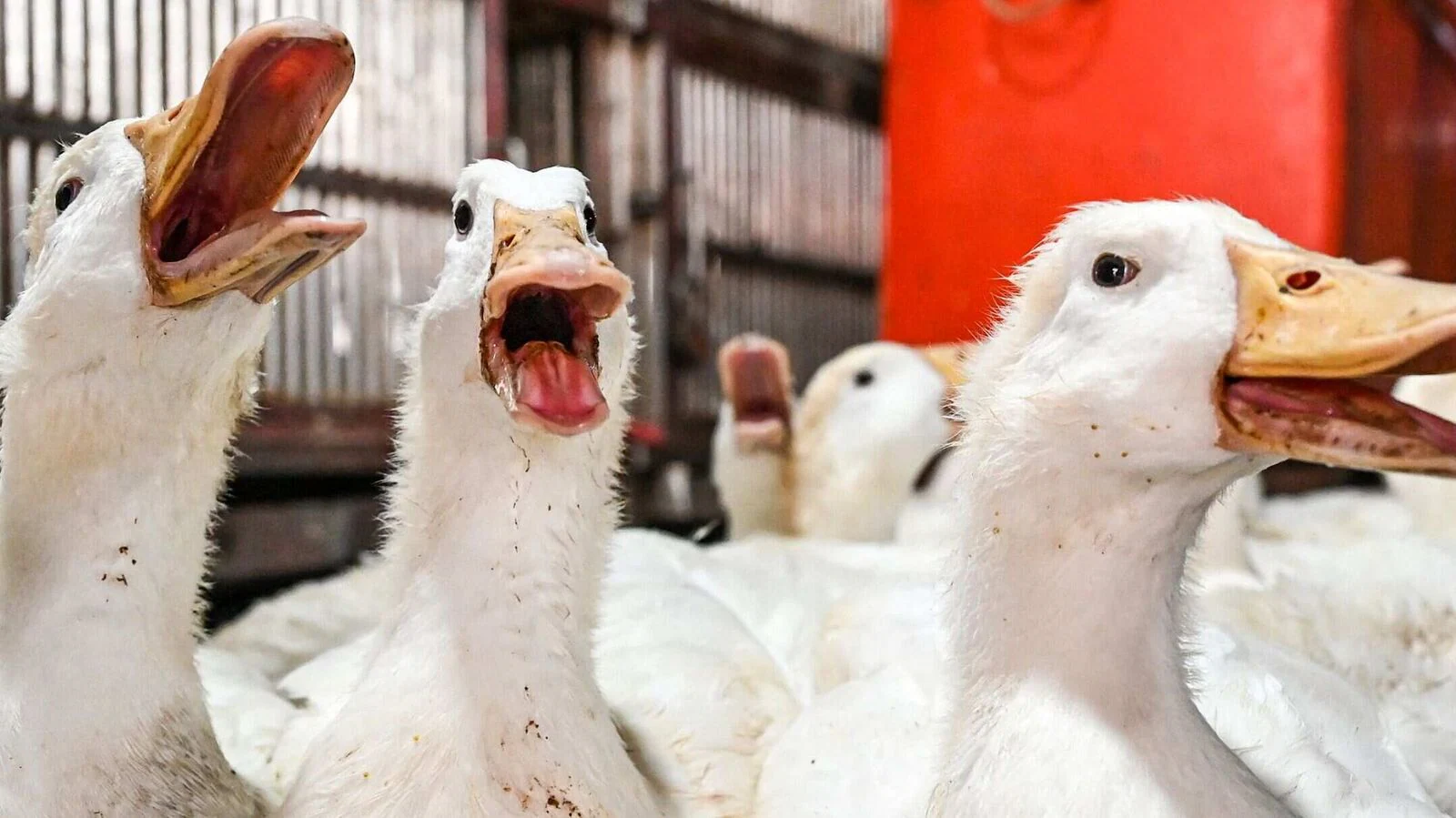As food manufacturers increasingly adopt technology, understanding return on investment (ROI) is vital. A CFO-style framework provides a structured approach to assess technology cost-effectiveness beyond vendor projections.
Food manufacturers face unique challenges when evaluating technology investments, making it crucial to perform an independent analysis of ROI. Conventional methods often depend on vendor projections, which may not reflect the distinct financial realities of the food industry, such as specific cost structures, compliance requirements, and operational challenges.
To accurately calculate ROI, manufacturers should first define their objectives and the key performance indicators (KPIs) they intend to improve with the new technology. This could include factors like efficiency, product quality, or safety compliance. Once these indicators are established, companies can begin to tally both the direct and indirect costs associated with the technology.
Real costs go beyond the initial purchase price, encompassing training, maintenance, and potential downtime during the transition. Additionally, food operators must account for regulatory requirements and the impact of the technology on their existing processes.
After costs are identified, food companies should project the anticipated benefits. These often include reduced labor costs, increased production capacity, or improved quality control metrics. Crucially, projections should reflect operational realities and not solely rely on optimistic vendor assessments.
Performing a thorough ROI analysis not only aids in decision-making but also supports strategic conversations within the organization. By presenting a well-rounded financial picture, operators can justify their technology investments to stakeholders, facilitate budget approvals, and align technology goals with broader business objectives.
It’s also advisable for food manufacturers to revisit their ROI calculations periodically. As market conditions change and technology evolves, reassessing the expected returns can provide insights that help to recalibrate strategies, ensuring alignment with both financial and operational goals.
Key Takeaways
- Independent ROI analysis benefits food manufacturers.
- Cost structures must include compliance and operational needs.
- Regular assessment of technology returns is crucial.
- Engage stakeholders with clear ROI justifications.
Source: foodindustryexecutive.com. Read the original:
https://foodindustryexecutive.com/2025/09/how-to-calculate-your-technology-roi-like-a-cfo/.





Leave a Reply